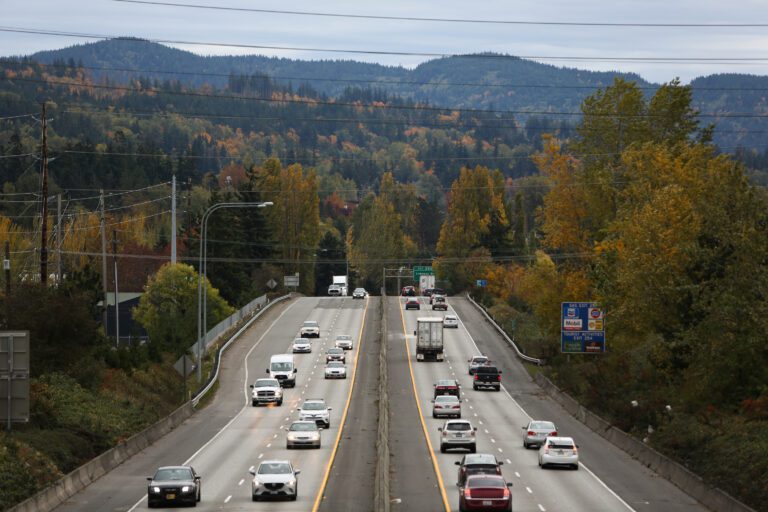Management of nearly 800,000 acres of U.S. Forest Service land in Skagit and Whatcom counties could change, pending proposed amendments to the Northwest Forest Plan that are meant to incorporate Indigenous knowledge, protect ecosystems, and improve resilience to wildfire and climate change while providing a more predictable timber yield.
The 30-year-old forest management plan encompasses Mt Baker-Snoqualmie National Forest as well as 16 other national forests in Washington, Oregon and California.
The plan, adopted in 1994, laid out a framework for habitat protection of threatened and endangered species in mature forests. Since then, much has changed in science, climate impacts, wildfire, recreation and social conditions, which is why the federal government initiated the amendment process in 2023.
According to the Forest Service, five broad motives have driven the need to update the forest plan: fire resilience; adaptation to climate change; protection of mature ecosystems; incorporation of Indigenous knowledge; and protection of communities.
In November, the USFS released its draft environmental impact statement, or EIS, for the Northwest Forest Plan amendment. An EIS explains the purpose of a major government action, provides alternatives and explains the environmental and socioeconomic consequences of each alternative.
“The goal is to create forests that have greater ecological function and greater capacity in terms of resistance and resilience to disturbances,” said Jerry Franklin, a renowned forest ecologist who helped draft the first Northwest Forest Plan, during a meeting of the Northwest Forest Plan Federal Advisory Committee on Dec. 10.
The advisory committee has met periodically since September 2023 and convened at the Hotel Leo in Bellingham in mid-December, after the draft EIS was released. Members of the committee expressed relief and gratitude that the weighty document was finished and put out into the world for review by all. Oregon fish biologist Karen Hans called it a “herculean task.”
The committee is recommending Alternative B, which is supposed to balance active forest management with habitat and landscape protection; Alternatives C and D call for more natural processes and more active management, respectively. Alternative A proposes making no changes to the 1994 plan.
Pacific Northwest Regional Forester Jacque Buchanan clarified during the December committee meeting that the alternatives are not set in stone. During EIS and public comment analysis, the Forest Service and the committee will be able to pick elements from various alternatives to incorporate into a final recommendation.
The draft EIS distinguishes between “moist” and “dry” forest — generally speaking, the western slope of the Cascades, including all forests in Whatcom and Skagit counties, are considered moist. While state-managed Department of Natural Resource forestland often receives more attention in the northwest corner of Washington, federal land makes up a much bigger swath of the landscape. In Whatcom County, the U.S. Forest Service oversees 429,294 acres and the National Park Service oversees 388,756 acres; in Skagit County, 351,882 acres are in the national forest and 164,904 are in the national park.

Little to no timber harvest activity has happened in federal forestlands west of the Cascades in the past three decades.
The draft EIS offers the possibility of opening some local forestland to harvest as well as to more active fire management, while preserving 200-plus-year-old stands except in cases of tribal stewardship for cultural purposes or wildfire risk reduction. Much of the Northwest Forest Plan provides a framework for localized, more specific forest planning. The Mt. Baker-Snoqualmie National Forest Plan has no revision date scheduled for the near future.
Around half of the total acreage of Mt. Baker-Snoqualmie National Forest is congressionally designated wilderness, where commercial logging isn’t permitted. The proposed Northwest Forest Plan amendments do not include any evaluation or inventory of current or future wilderness areas.
The comment period on the draft EIS is open through March 17, 2025. Learn more about how to engage online or in person at fs.usda.gov. There will be a public meeting specific to Mt. Baker-Snoqualmie National Forest in Everett on Jan. 15.
“It’s really important we hear from the public and everyone and all of you — that will lead us to where we can make the right decision,” Buchanan said about the comment period.
Julia Tellman writes about civic issues and anything else that happens to cross her desk; contact her at juliatellman@cascadiadaily.com.




